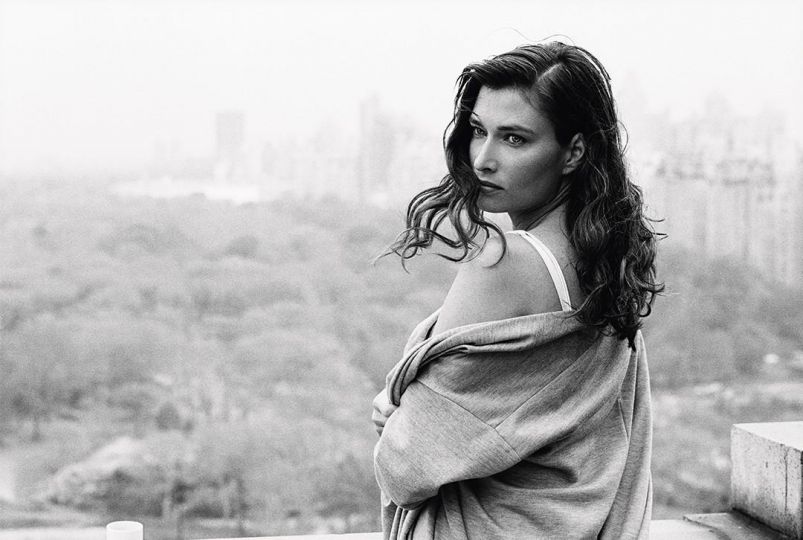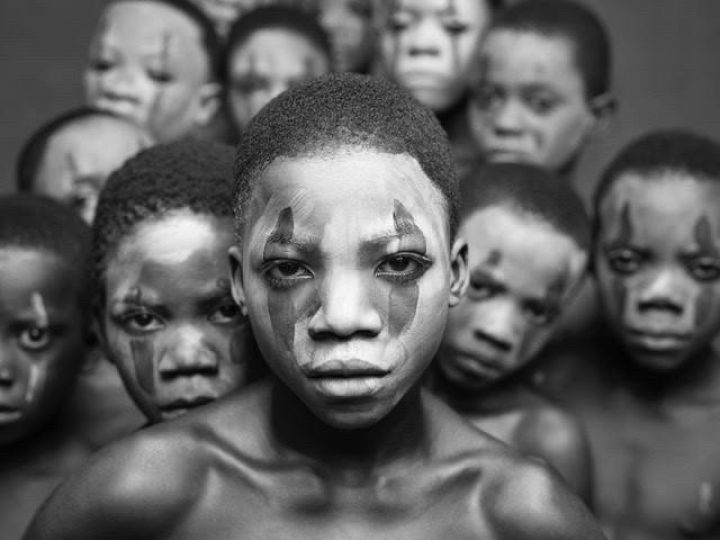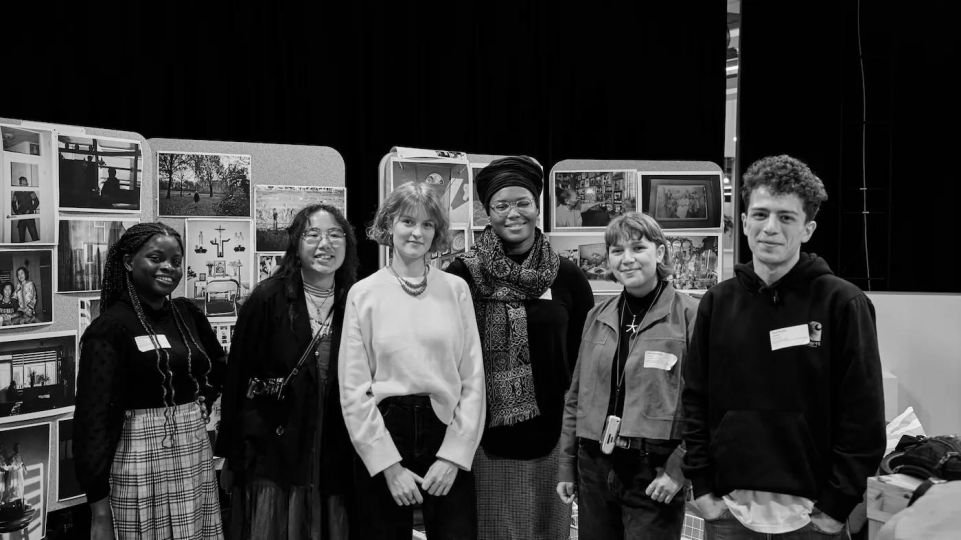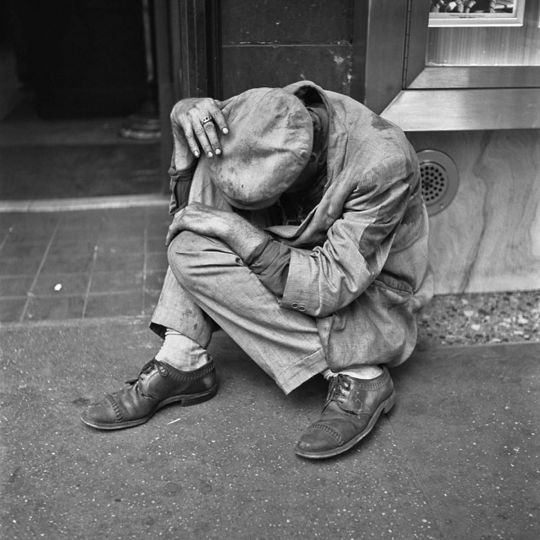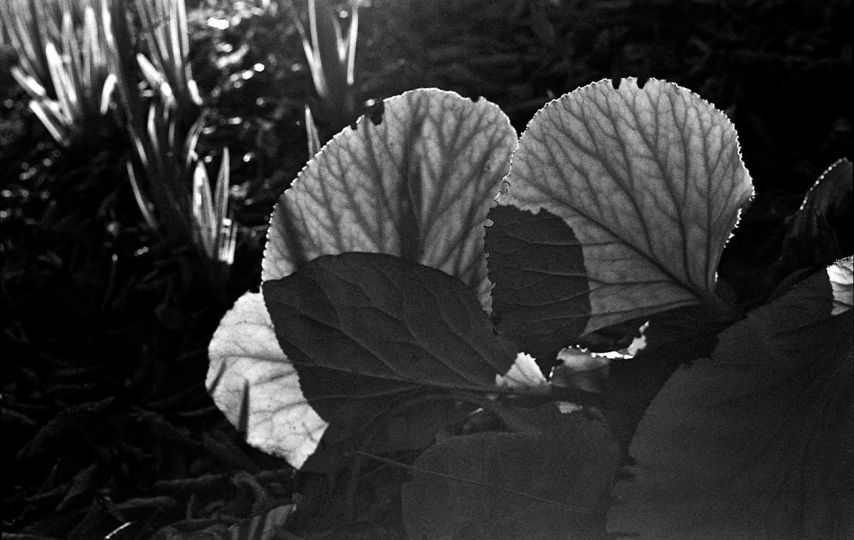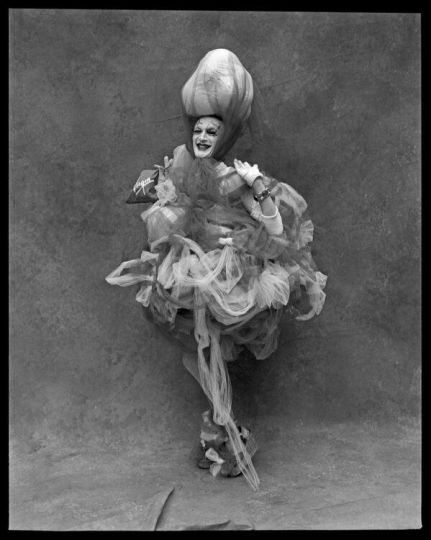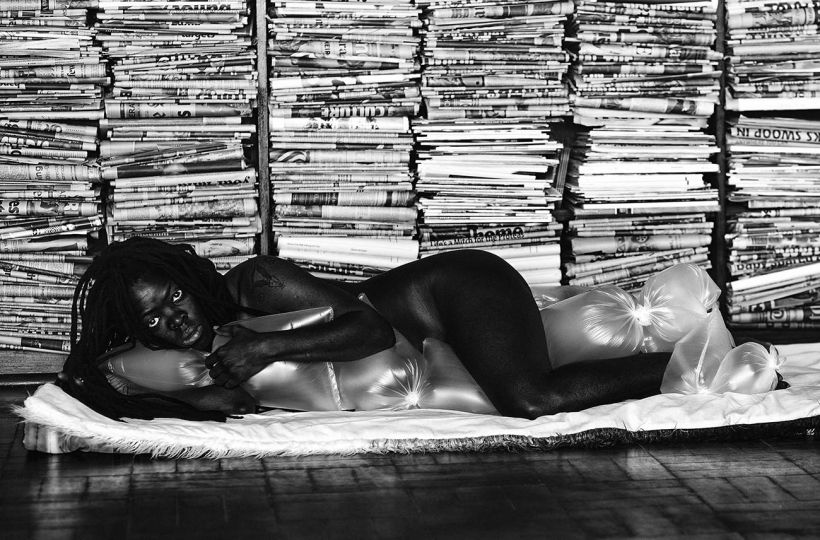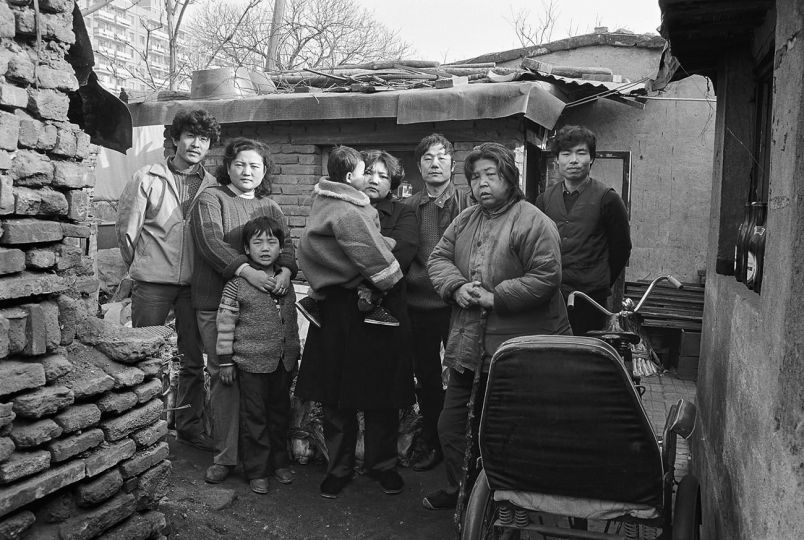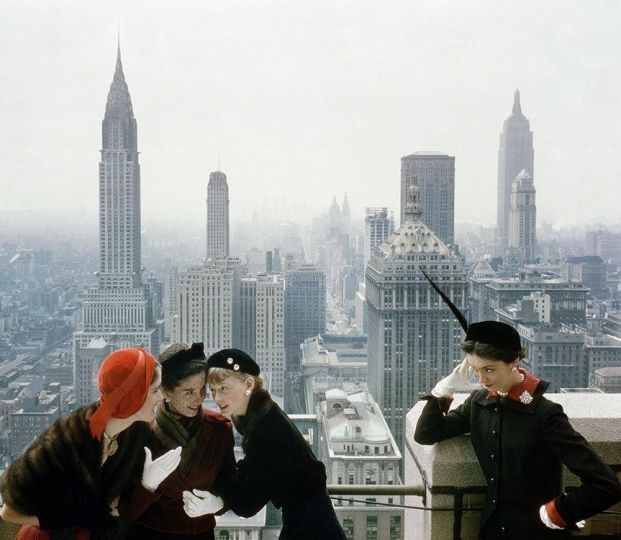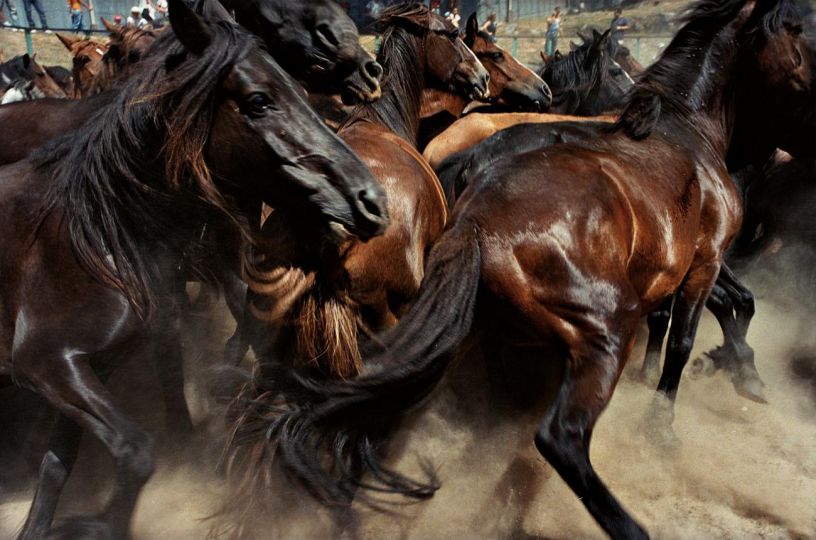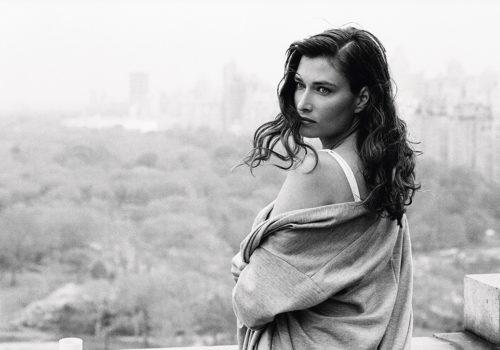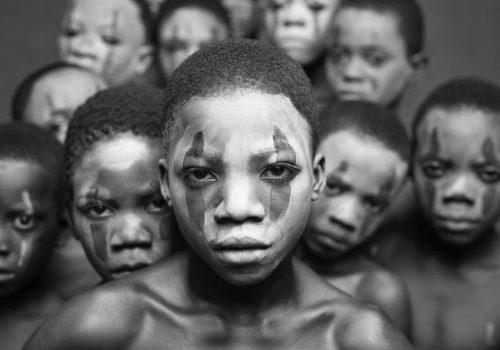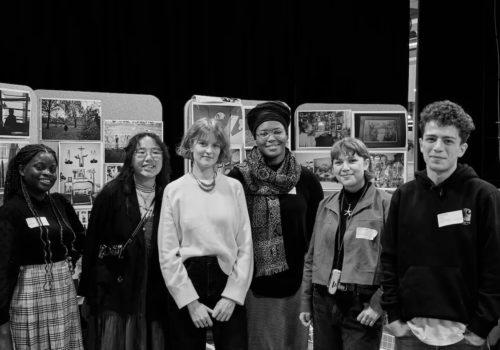24 hours after the event the newspaper is exceptionally rich with many on the scene interviews, with analysis, drawings. Photography plays a major part on. Jim Wilson assignment editor on that day tells us about his sept 11th and of the capacity to react of the teams of the great daily.
Where were you september 11th at 8.45 am ?
Jim Wilson : I was in the press room of the New York Times with my colleague Jeremiah Bogert we were two picture editors at the moment of the attack. It was a busy morning of local elections in New York city we had about 6 or 7 photographers all over town which is more than usual.When the first plane hit the north tower we had no radio or television on I received the information from a reporter Will Rasbaum. He described the scene the airplane , the explosion, the smoke. That day was clear and sunny the most beautiful day of the year.
When the news arrived, what was the first réaction of the journalist at the New York Times ?
Jim Wilson : We turned on the TV when we saw the images we were aghast we immediately set to work, who was the photographer closest to the World Trade Center ?
I knew one of them was near by at an election center, we started calling our photographers.They naturally went toward the cloud of smoke. We thought of the different point of view I called Kelly Gunther one of our freelance photographer based across in Brooklyn to make sure she was on the promenade near the bridge she took pictures of the second plane.
How did you deal with the situation when your photographers reached the towers ?
Jim Wilson : Before the phone service became overloaded we were in touch with some of them via cell phones and beepers, we had to think of all the angles and told them were to go after a short while communication became difficult.
Did photographers enter the towers ?
Jim Wilson : No Angel Franco and Ruth Fremson were simply near the towers.
Did you move from your office this morning ?
Jim Wilson : No I was obsessed by a question how on such a clear day, could a plane crash in the tower by accident.
When did you get the first images ?
Jim Wilson : Around 10am it was not easy to bring back photographers to the office of the NYT some streets were already closed off by the police. Also many people, strangers to the world of photojournalism called us or came to us to offer their pictures. Many had interesting shots with varied points of view.
Was there digital images ?
Jim Wilson: I seem to remember that all that we used were still photographs.
For the edition of september 12th of the New York Times, what were the difficulties in selecting the pictures ?
Jim Wilson: The main challenge was setting up a hierarchy , we needed to make priorities which pictures should we show first?
One of our staff photographer Chang Lee had photographed what became an icon picture the mushroom formed after the collapse of the north tower, with all the pictures he had taken he did not remember taking it, there was a certain confusion.
What was your guideline for the selection ?
Jim Wilson: I have been a photographer and a newsman all my life what guided me was the feeling of living a historical moment I marveled at the width, the strength of the event, but remember we were afraid of the near future an another possible attack on the subway. At the end we had to deliver the most complete story.
At that moment was there a question of what could be seen ?
Jim Wilson : No we knew every thing could be shown and take the risk of hurting some. There was a controversy about the cover and the possibility of using Richard Drew picture of the man in mid air jumping from the tower. Of course during our meeting history went on and we had to look at the incoming pictures. We talked of the different deadlines and the changes that would have to be made. It was already very clear that photography would take a large space.
The New York Times the day after september 11th is very exhaustive, could you describe the action on that afternoon ?
Jim Wilson : The room we used for important decisions was filled with editors and journalists a beehive of 30 or 40 people exchanging ideas in front of the pages on the wall. I personally kept them informed of whet we were getting according to the positions of my photographers. of course contributors not working for the press were bringing their films we exchanged with them talked about their images what kind of pictures and from where had they been shot ? We looked at many of them, keeping an eye on the wire pictures coming in. It was a first taste of what we can have today with smart phone pictures distributed to newspaper via participating journalism.
What would happen today if you had such an évent ?
Jim Wilson: We would be submerged with images from smart phone, every body has one in New York. It would take a great organization not to let go of a good frame.
What has september 11th changed in the cover of large tragedy ?
Jim Wilson : Sadly I must say that we are used to it.
Interview by Jonas Cuénin
We received this text from Philip Gefter:
“Margaret O’Connor was the “Chief Picture Editor” and I was the “Page One Picture Editor.” I was responsible for the pictures that ended up on the front page that day, and I was responsible for the picture of the towers with the cloud of fire at the moment of impact, by Steve Ludlum, now an icon.”

